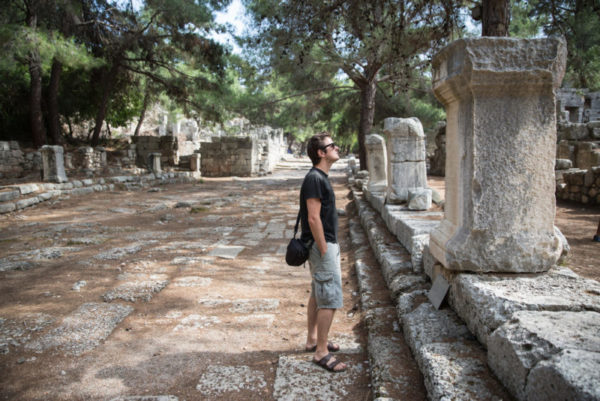Archaeologists in Turkey have found evidence that an 11,000-year-old prehistoric site was used for a ceremonial parade through a building containing phallus-shaped pillars and a carving of a human head.
Called Karahantepe, the site is located in southern Turkey, east of Şanlıurfa, and has a series of buildings that date back to long before writing was invented. Within the remains of the buildings, archaeologists found carvings of human heads, snakes and a fox, as well as several interestingly shaped pillars.
For instance, the archaeologists discovered 11 pillars near a carving of a human head. “All pillars are erected and shaped like a phallus,” Necmi Karul, a professor of prehistoric archaeology at Istanbul University, wrote in a paper recently published in the journal Türk Arkeoloji ve Etnografya Dergisi.



